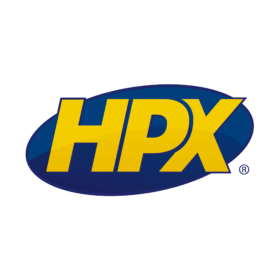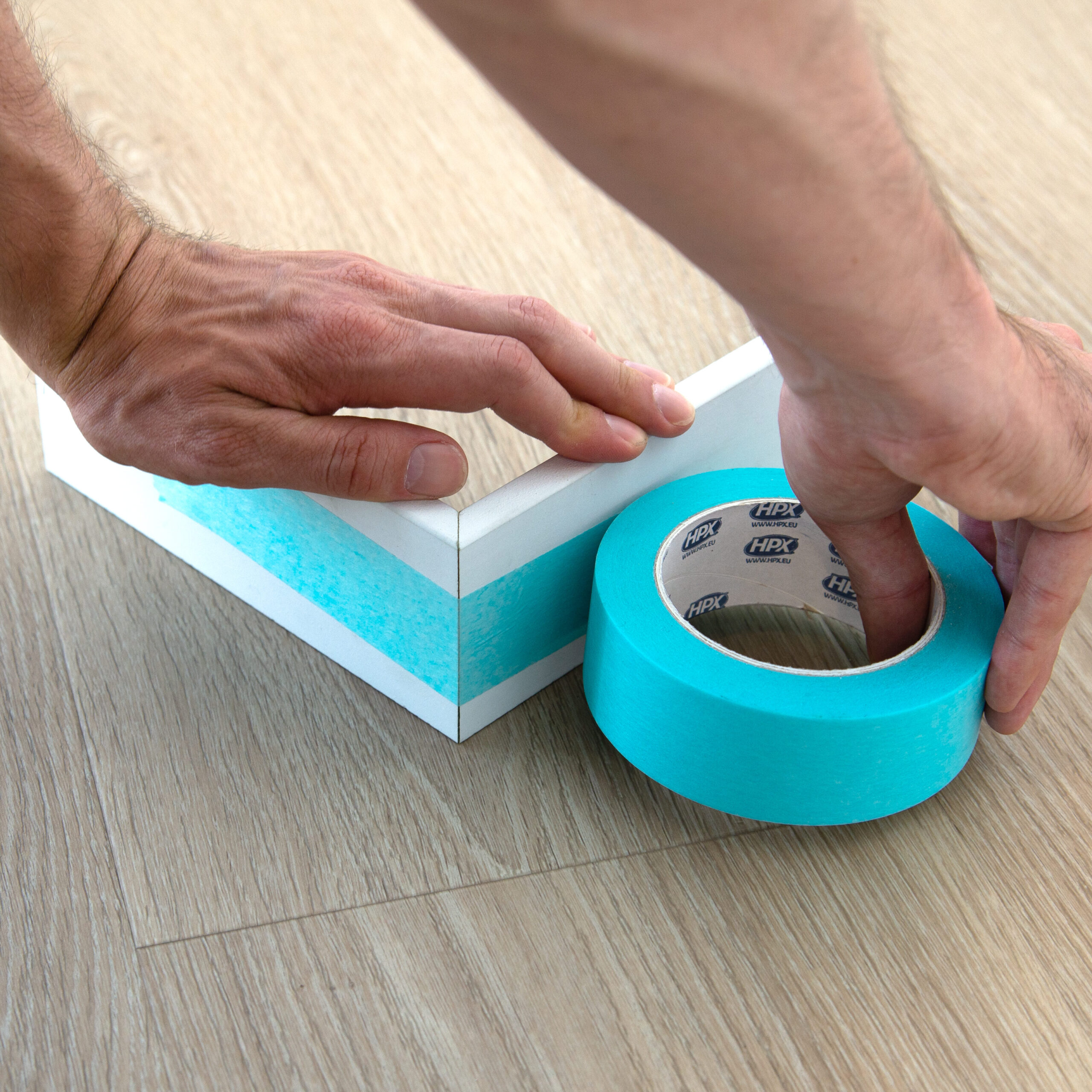
When choosing the best HPX masking tape for residue-free removal, it’s important to consider several factors, including the type of surface the tape will be used on, whether the paint job is indoors or outdoors (related to the exposure to UV rays), the duration of the work, and the specific purpose for which the masking tape will be used. Below, we provide an overview of the different types of HPX masking tapes and their properties regarding residue-free removal.
Crepe Masking Tape
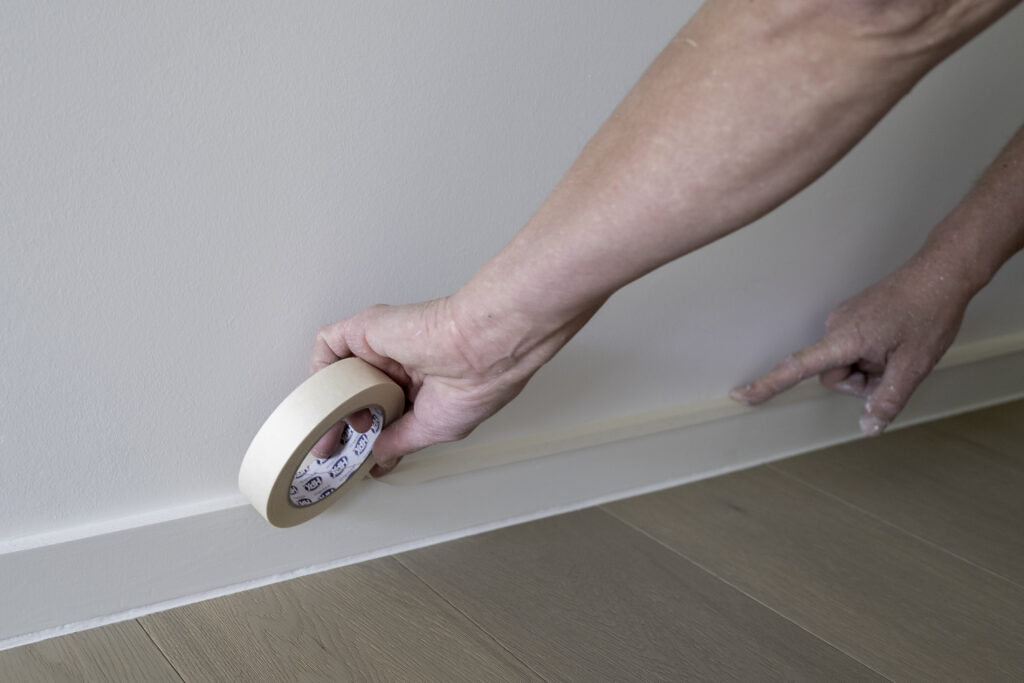
Crepe masking tape, featuring natural rubber adhesive, is a popular choice. However, due to the strong adhesion and faster aging process of natural rubber, it can become difficult to remove the tape without leaving adhesive residue. This type of tape is most suitable for short-term applications on smooth surfaces with limited exposure to sunlight. The choice for this product can be problematic on sensitive surfaces and for paint jobs with a long duration.
Washi Tape
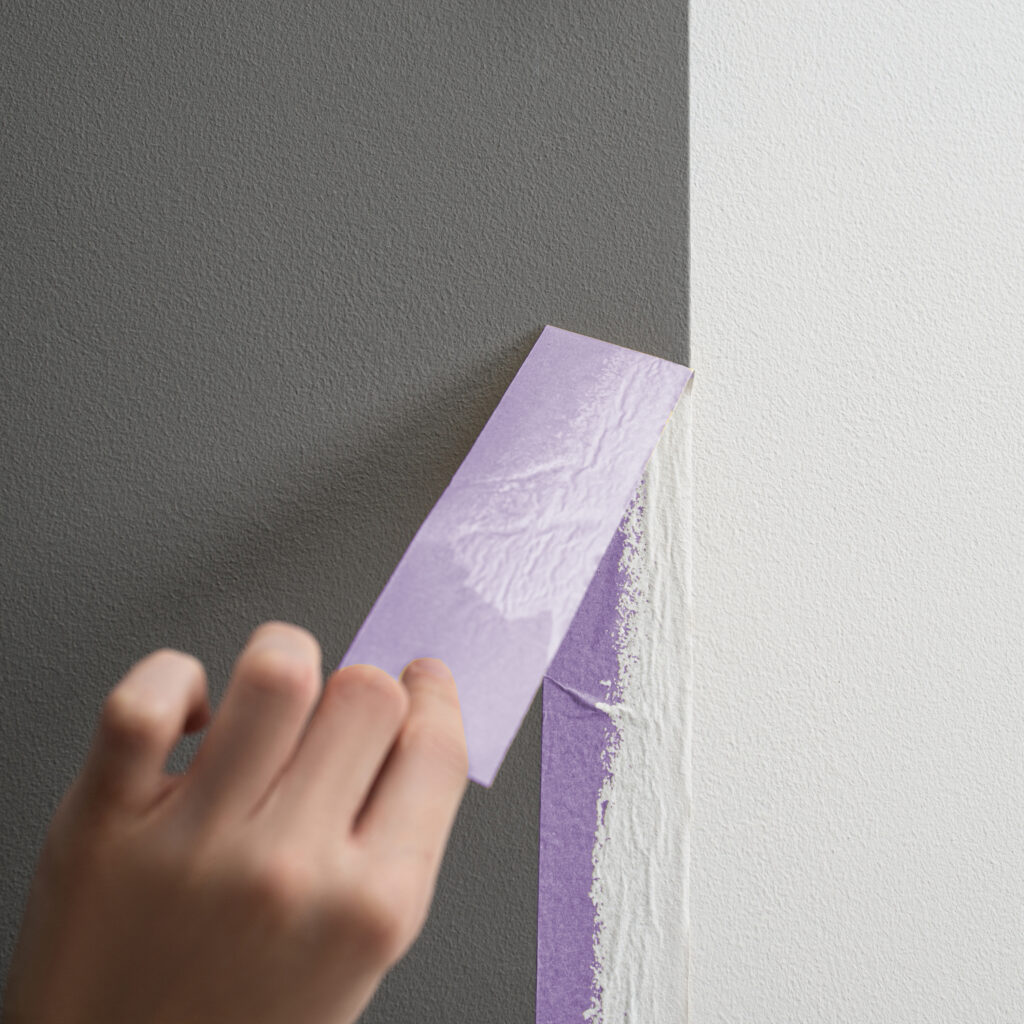
HPX offers various types of washi tape, including yellow, blue, and purple variants. Yellow washi tape has the same adhesive strength as crepe masking tape but offers a better removable solution thanks to the stronger tape that blocks UV rays more effectively. Washi tape is ideal for applications requiring precision and clean removal, such as painting on delicate surfaces. For creating sharp edges in painting, washi tape is often the best choice due to its precision and ability to prevent paint bleed. Its strong, yet easily removable adhesive allows for clean lines and minimal residue, making it ideal for detailed and high-quality paint jobs.
PVC and PE Tapes
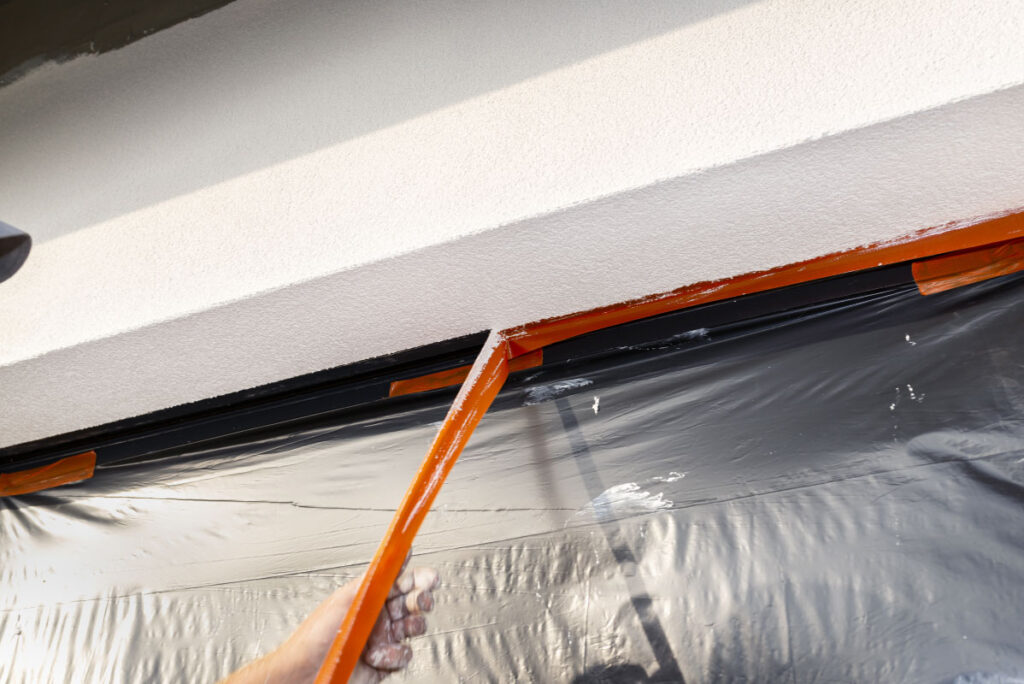
HPX PVC tapes are strong and flexible. This makes them suitable for outdoor applications or situations where the tape is exposed to sunlight for extended periods. The flexibility of PVC tape ensures good adhesion on uneven surfaces and easy residue-free removal. If the tape is meant to protect surfaces from damage, such as protecting floors from foot traffic during construction, a more durable and resilient tape like PVC tape would be more appropriate. PVC tape’s strength and flexibility ensure it can withstand physical wear and tear, providing robust protection without compromising on ease of removal.
In addition to avoiding damage, PVC tape is also the right choice for use in wet conditions, such as plastering. Plastering projects often involve the application of wet materials that can seep into and damage surfaces. PVC tape provides a waterproof barrier that effectively shields surfaces from moisture and plaster. Its strong adhesion ensures that the tape stays in place even when exposed to wet plaster, and its flexibility allows it to conform to various shapes and surfaces, providing comprehensive protection. This makes PVC tape an ideal solution for ensuring that surfaces remain clean and undamaged throughout the plastering process.
Looking for a more environmentally friendly alternative with the same characteristics? Try our HPX PRO PE PLASTERING TAPE 5910:
- Eco-friendly: PE tape is safer for the environment than PVC, as it lacks chlorine or halogens that release harmful dioxins when burned.
- Recyclable: Easier to recycle than PVC, making it a more sustainable option.
- Flexible: Adapts to various surfaces and shapes with superior flexibility.
- Durable: Endures harsh conditions without degrading, ensuring long-term use.
- Chemical Resistant: Shields against chemicals, water, and moisture to prevent damage.
- Energy Efficient: Uses less energy during manufacturing, lowering its carbon footprint.
This makes the HPX PRO PE Plastering Tape an excellent option for those prioritizing sustainability without compromising on performance.
HPX Clean Removal
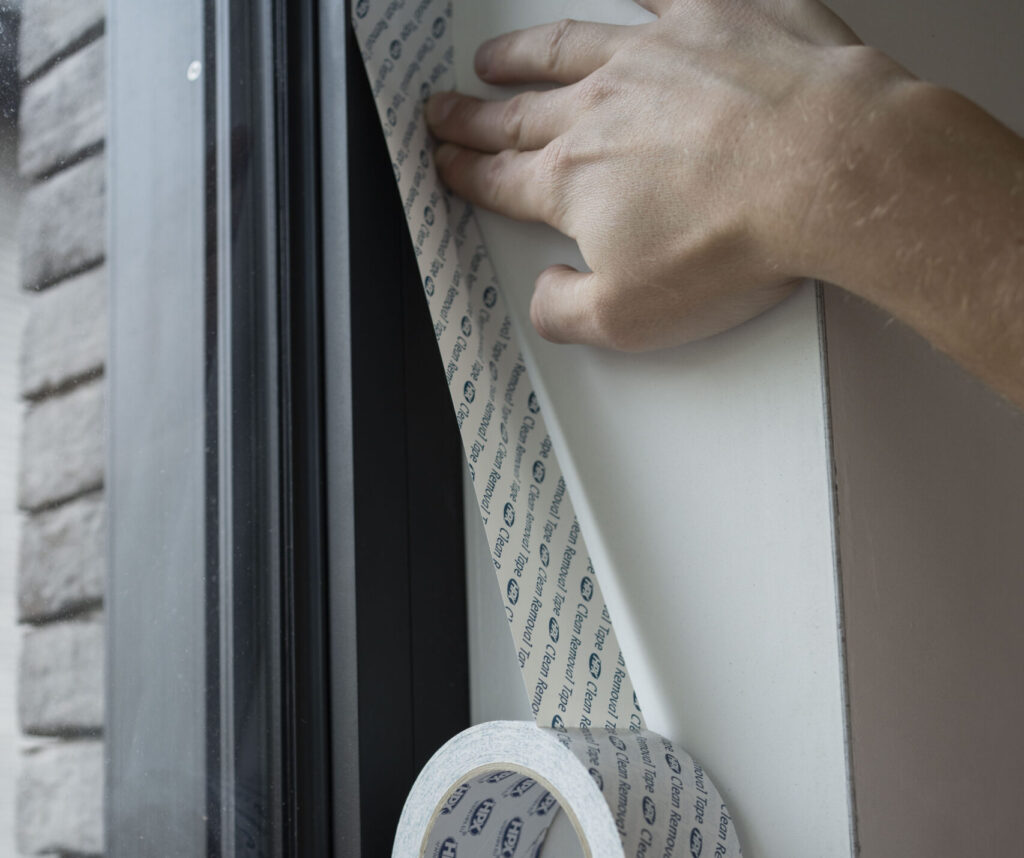
An exceptional product in the HPX range is the HPX Clean Removal tape. This tape combines a specially developed adhesive layer that provides sufficient adhesion to work effectively but can still be removed cleanly. This makes the HPX Clean Removal tape ideal for situations requiring both strong adhesion and residue-free removal.
If you’re looking for a tape to mask surfaces precisely for creating sharp paint lines, choose washi tapes. However, if your priority is to minimize surface damage, opt for Clean Removal tape.
Conclusion
Choosing the right HPX masking tape for residue-free removal depends on the specific circumstances of your project. For short-term and indoor applications, crepe masking tape may suffice, while washi tape is a better choice for delicate surfaces and precision work. For outdoor applications, extended UV exposure, or for protection against wet products such as plastering, PVC tape is recommended. For a more sustainable option, consider PE tape. Finally, HPX Clean Removal tape is the best solution if you want to focus on minimizing surface damage.
Additionally, considering the specific purpose of the masking tape—whether for creating sharp edges or protecting against damage—will help ensure you select the most suitable product for your needs.
Nice to Know:
- Each job site needs more than one masking tape.
- Don’t forget to remove your tape before the paint dries.
- The quality of the paint job is in the masking preparation.
